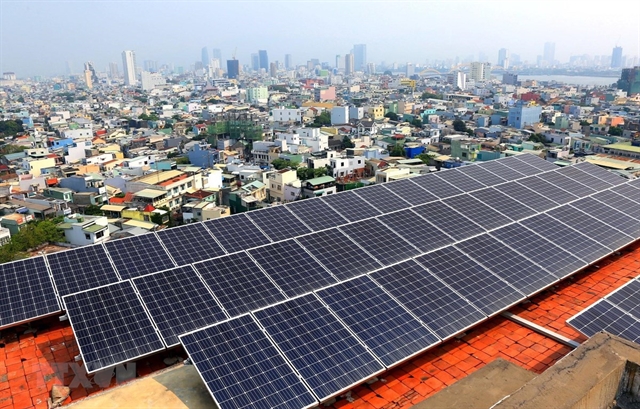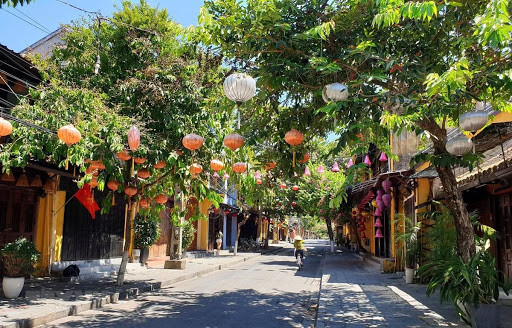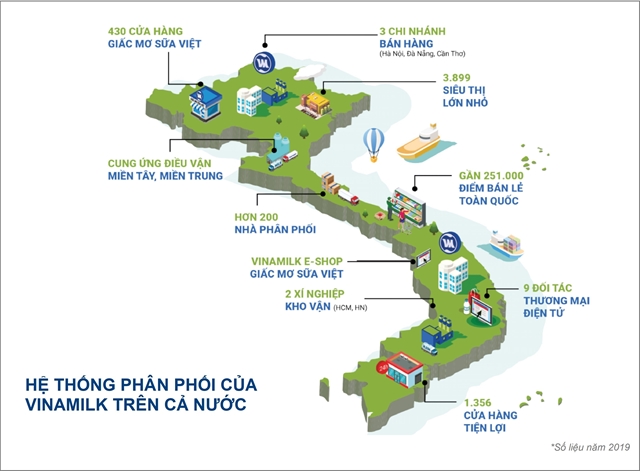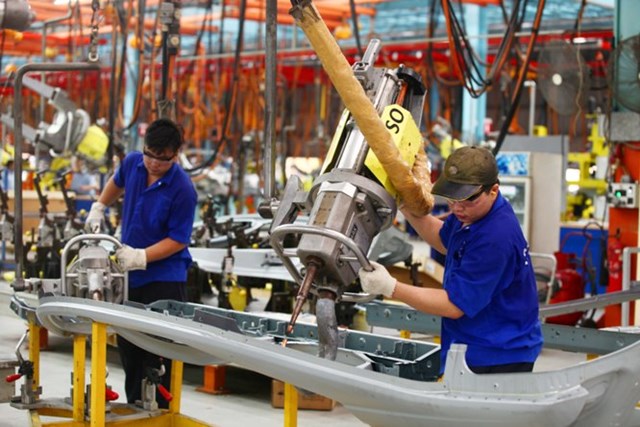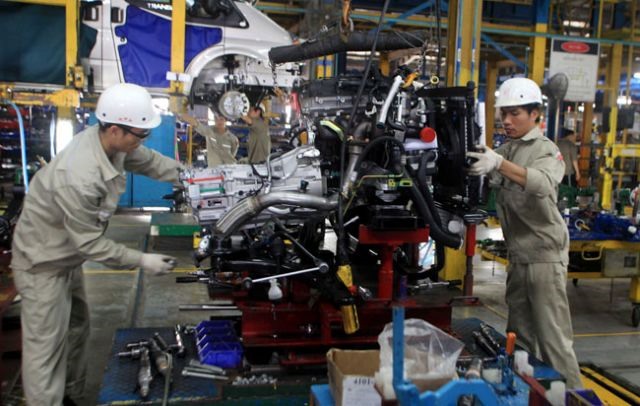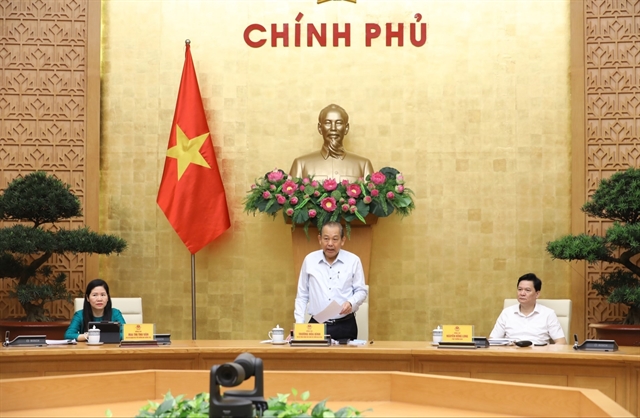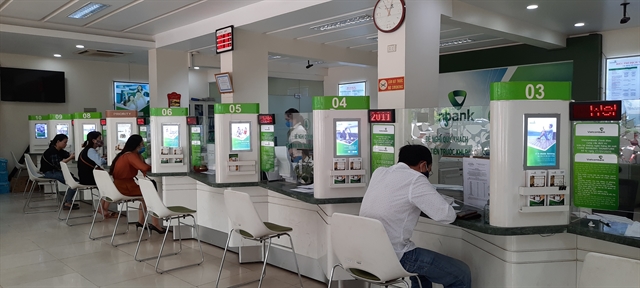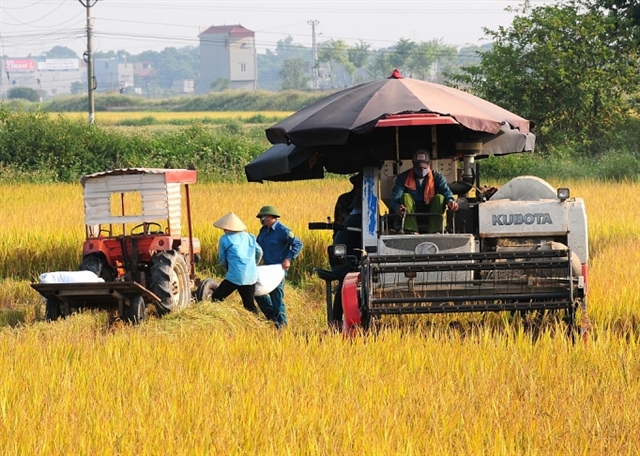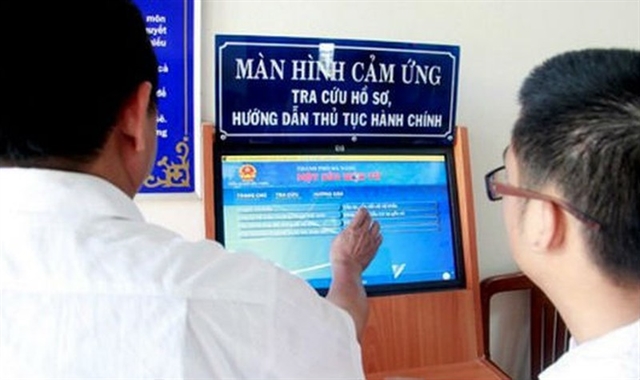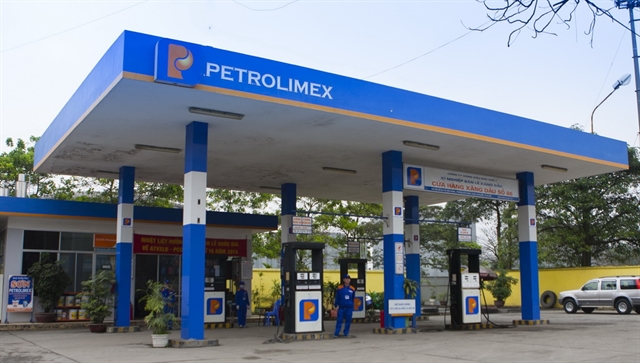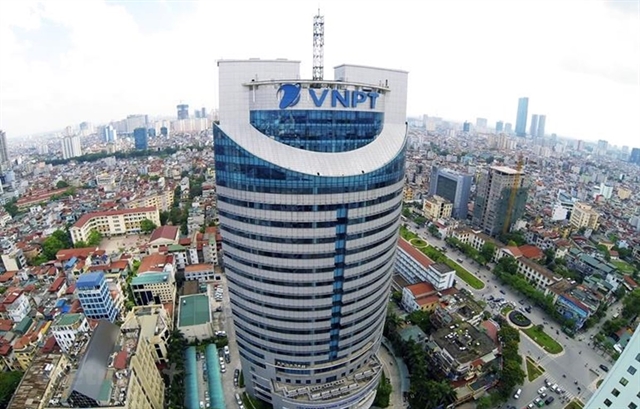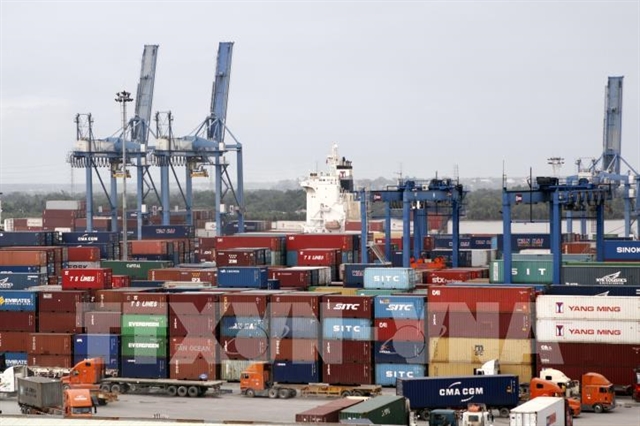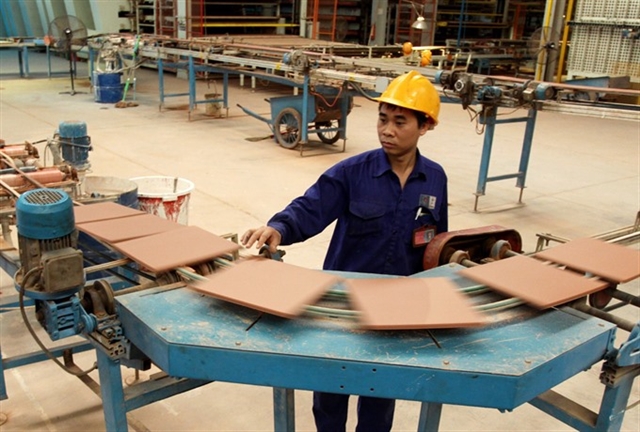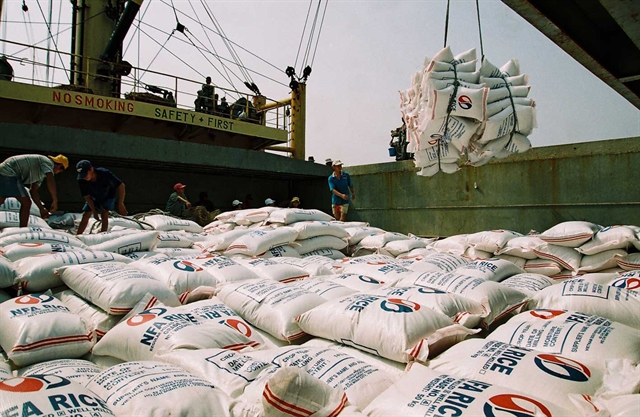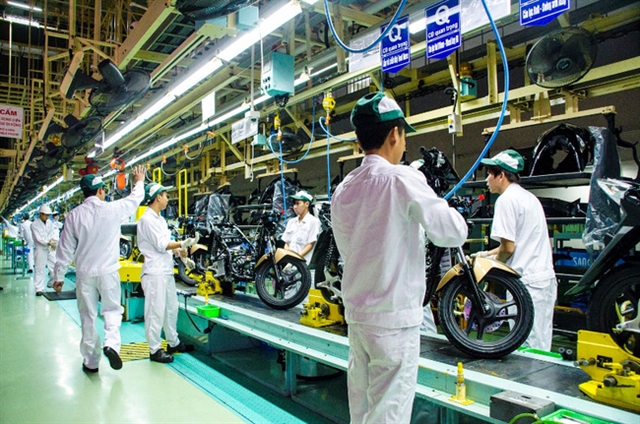
Compiled by Thiên Lý
In late July, news that 15 Japanese companies received support from their Government to move to Việt Nam from Chinabecame a hot topic in the media.
According to the Japan External Trade Organisation (Jetro), they were among more than 80 firms whose moving out of China will be subsidised under a Japanese Government scheme.
It said this was a move to diversify supply chains into various countries since many firms saw them disrupted due to the COVID-19 pandemic that broke out and spread especially in China.
Nikkei said the Japanese Government would provide a total of 70 billion yen (US$653 million) to enable 87 companies to move their production lines out of China.
But not only Japanese companies but many South Korean, European and the US companies too have recently opted for Việt Nam as their investment destination to diversify their supply chains.
LG Electronics has moved its entire smartphone production line from South Korea to Hải Phòng City in northern Việt Nam.
Panasonic plans to move a large production line that makes refrigerators and washing machines from Thailand to Việt Nam in September to improve cost efficiency.
Through its key contractor Foxconn, US tech giant Apple expanded production of its wireless earphones, AirPods, in Việt Nam to four million in the second quarter of this year, or 30 per cent of the entire AirPods output.
Apple is also said to have listed many job vacancies in Việt Nam on LinkedIn, indicating plans to expand its manufacturing in the country.
In February, Heineken invested $68.8 million in Bà Ria-Vũng Tàu Province to raise its investment to $381 million. It has increased the production capacity of its plant in the province from the current 610 million litres a year to 1.1 billion litres.
In March, the US’s Universal Alloys Corporation opened the first phase of its $170 million aerospace components factory in Đà Nẵng City to manufacture aerospace components from aluminium alloys and composites. It is expected to export products worth $25 million next year, $85 million in 2022 and $180 million after 2026.
In June, Qualcomm Việt Nam set up a new research and development facility in Hà Nội, its first in Southeast Asia.
Japan has always been among the leading foreign investors in Việt Nam. In the first half of this year, it was the fourth biggest foreign investor with $1.46 billion.
According to data from the Ministry of Planning and Investment, total foreign investment in the first half was worth $18.47 billion.
In the first five months, despite the COVID-19 pandemic around the world, foreign investment had hit a four-year high of $16.74 billion and was up 61 per cent year-on-year.
The move by more foreign enterprises to Việt Nam, especially Japanese, suggests that a new wave of FDI has begun.
Experts offer a number of reasons to explain this.
Don Lam, co-founder and CEO of investment fund VinaCapital, said the COVID-19 crisis exposed serious weaknesses in many supply chains around the world, and the WTO predicts that the pandemic to cause a 30 per cent fall in global FDI flows. The world has in fact been slowly de-globalising since the financial crisis of 2008, he said.
Yet, Việt Nam’s FDI inflows would increase since it has effectively constrained the pandemic, improving its prestige in the international community, he said.
The new wave of FDI as companies relocate their factories to Việt Nam would have a bigger impact on Việt Nam’s economy than in the past because multinational companies now have an incentive from their governments to help them “move up the value chain” and build supply chains in Việt Nam, he said.
Economist Võ Trí Thành said Việt Nam has for a long time been an attractive investment destination for foreign investors since it is located in a dynamic region, has good logistics for trade and is close to China.
Its manufacturing status now is similar to that of China 10-15 years ago when low production costs and labour-intensive manufacturing acted as a magnet for foreign investment, he said.
In terms of labour costs, Vietnamese wages are only half that in Thailand and Malaysia but the quality of the country’s human resources has improved with more tech-savvy workers available now, he said.
VNDirect Securities Corporation pointed out in a report that industrial park land rents in Việt Nam are the second lowest in the region after only Myanmar.
Tax breaks offered to companies setting up shop in industrial parks, including income tax waivers for two to four years and reductions for three to 15 years and import tax exemptions also attract foreign investors to Việt Nam.
The country has maintained political stability and integrated deeply into the global economy by signing a number of free trade agreements with countries around the world, and foreign investors are keen to take advantage of them.
What is Việt Nam doing to handle the expected FDI inflows?
Deputy Minister of Planning and Investment Vũ Đại Thắng said the Government is strengthening the legal framework for investment and trade.
During the National Assembly’s latest session in July, amendments to the Investment Law and Enterprise Law were approved and the Law on Public Private Partnerships was passed, he said.
The Government is also coming up with policy responses, he said.
Experts said it is imperative now for Việt Nam to have policies that encourage foreign investment inflows and attract capital moving out of China.
They called for creating a healthier, fairer competitive environment and having policies that meet international commitments.
They also stressed the need for Việt Nam to address its shortcomings by upgrading the logistics infrastructure, improving workers’ skills and reforming institutions.
Officials in the Ministry of Industry and Trade said cities and provinces around the country should work with each other to develop raw material production areas, industrial areas and key economic areas to ensure raw material supply.
They also stressed the need to continue restructuring the industrial sector with a focus on developing supporting industries and physical value chains, especially for segments such as manufacturing, to reduce the reliance on certain suppliers and markets.
Credit demand recovering, but banks could lack liquidity
Nguyễn Quốc Hùng, director of the State Bank of Việt Nam’s credit department, said credit has so far grown at an estimated 4 per cent.
A survey by the central bank’s statistics and forecasting department found demand for credit is expected to keep rising, bringing pressure to bear on credit institutions to mobilise deposits to ensure liquidity for lending.
Circular No.22/2019/TT-NHNN on limits and prudential ratios for banks reduces the rate of short-term deposits that can be used for medium- and long-term loans from the current 40 per cent to 37 per cent from October 1.
But banks’ mobilisation of deposits has to compete with issuance of corporate bonds, which always offer much higher interest rates.
The skyrocketing of gold prices has also affected mobilisation.
In such the situation, banks have no choice but to hike interest rates to attract deposits.
KB Securities Vietnam Joint Stock Company said bank deposit interest rates would increase during the rest of the year though only by 0.3-0.5 percentage points since the central bank is likely to make one more cut to its benchmark interest rates this year.
Another option is to increase their capital by issuing shares or convertible bonds.
But with the global economy hit severely by the COVID-19 pandemic and showing no signs of recovering, this is a non-starter. — VNS
